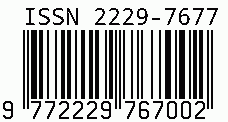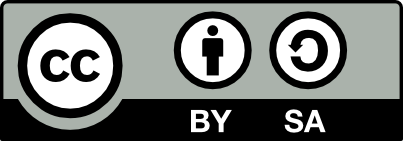
International Journal on Science and Technology
E-ISSN: 2229-7677
•
Impact Factor: 9.88
A Widely Indexed Open Access Peer Reviewed Multidisciplinary Bi-monthly Scholarly International Journal
Plagiarism is checked by the leading plagiarism checker
Call for Paper
Volume 16 Issue 4
October-December 2025
Indexing Partners



















Use of Artificial Intelligence for Automated Recognition of Uncommon Pathogens in a Clinical Laboratory Setting: A Case Study
| Author(s) | Sultan A. Aldhabi, Abdullah D. Tawhari, Suliman D. Alnuais, Maha H. Alenazi, Israa A. Alqurayqiri, Abeer K. Al-Agily, Kholood M. AlSahli |
|---|---|
| Country | Saudi Arabia |
| Abstract | Intoduction: AI systems will transform clinical laboratories by improving diagnostic precision, shortening TAT, and identifying uncommon pathogens. This research investigates the diagnostic AI integration in a clinical laboratory at a Riyadh tertiary hospital. Materials and Methods: A 1000 set of samples containing various biological tissues such as blood, sputum, cerebrospinal fluid, and tissue biopsies were used for an observational prospective study. The integration of the AI algorithms together with the NGS data enabled the identification of rare pathogens. The diagnostic efficiency, TAT and rare pathogen identification were evaluated in both the conventional and AI_ Assisted work flows. Their opinions were qualitatively analyzed regarding the use of AI. Results: In comparison with the conventional methods, where the p- value was less than 0.001, the AI system had an overall sensitivity of 97.3% and specificity of 95.8%. AI cut the average search TAT by 40%, and discovered approximately 41.7 % of rare pathogens. In qualitative analysis, user satisfaction was high, but problems with data quality and the initial costs were mentioned. Summary: AI has the potential to change diagnostic processes in laboratories, which significantly increases diagnostic ability, TAT, and lowest detection rate of rare pathogens. There are unresolved questions concerning data quality and cost issues. |
| Keywords | AI, Pathogen Identification, Clinical Testing, Reporting Timeliness, Next Generation Sequencing, AI in Healthcare, Diagnostics Centers |
| Published In | Volume 15, Issue 3, July-September 2024 |
| Published On | 2024-09-04 |
| DOI | https://doi.org/10.5281/zenodo.14555225 |
| Short DOI | https://doi.org/g8wxhn |
Share this


CrossRef DOI is assigned to each research paper published in our journal.
IJSAT DOI prefix is
10.71097/IJSAT
Downloads
All research papers published on this website are licensed under Creative Commons Attribution-ShareAlike 4.0 International License, and all rights belong to their respective authors/researchers.

